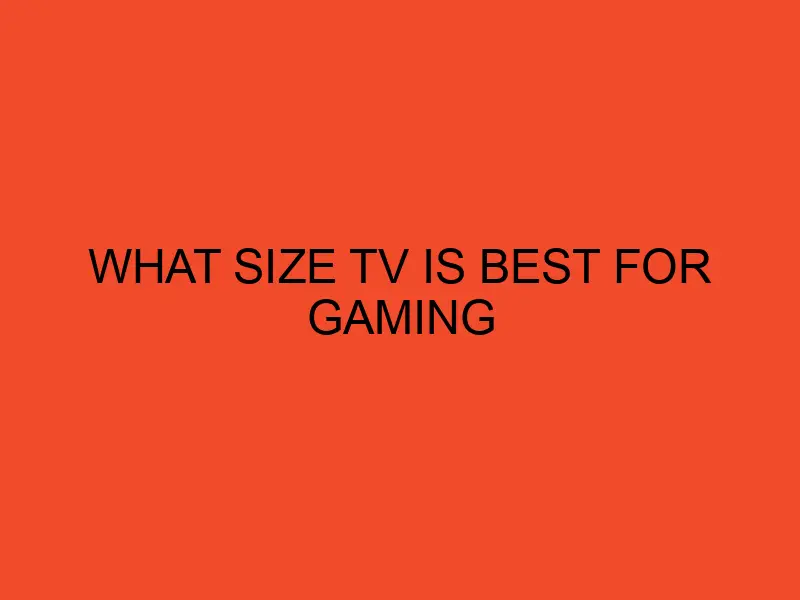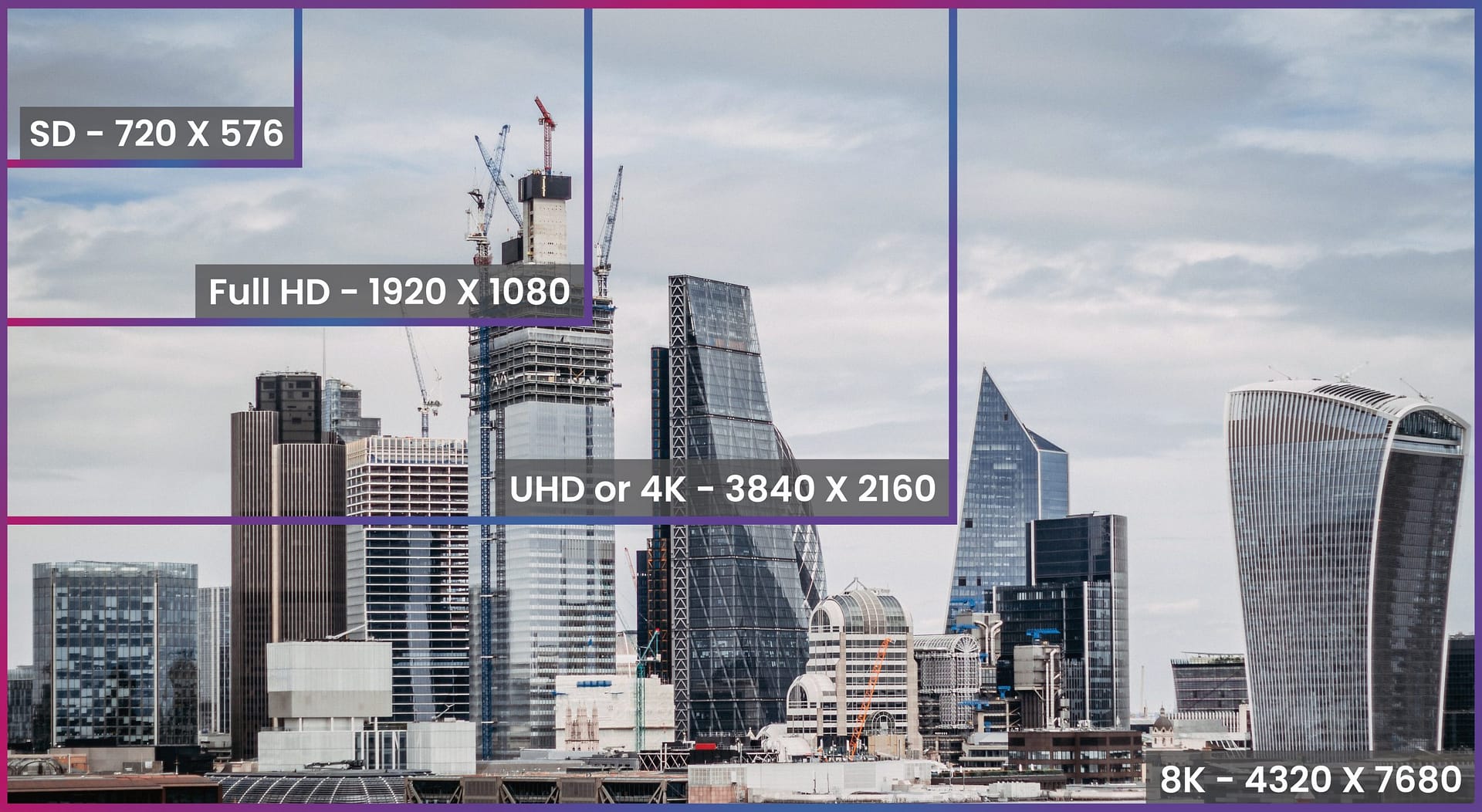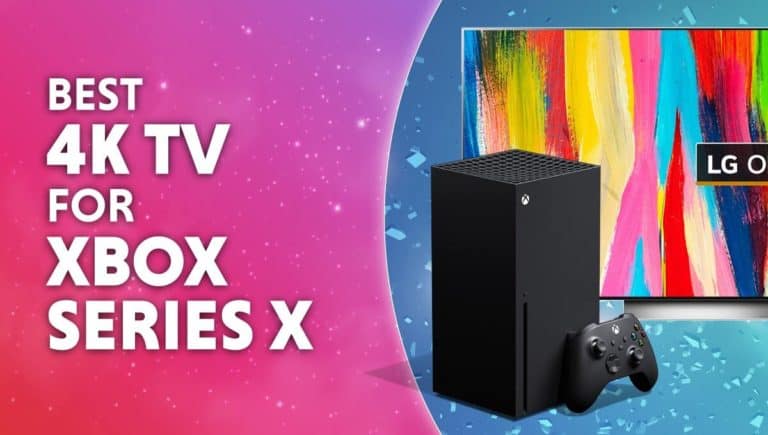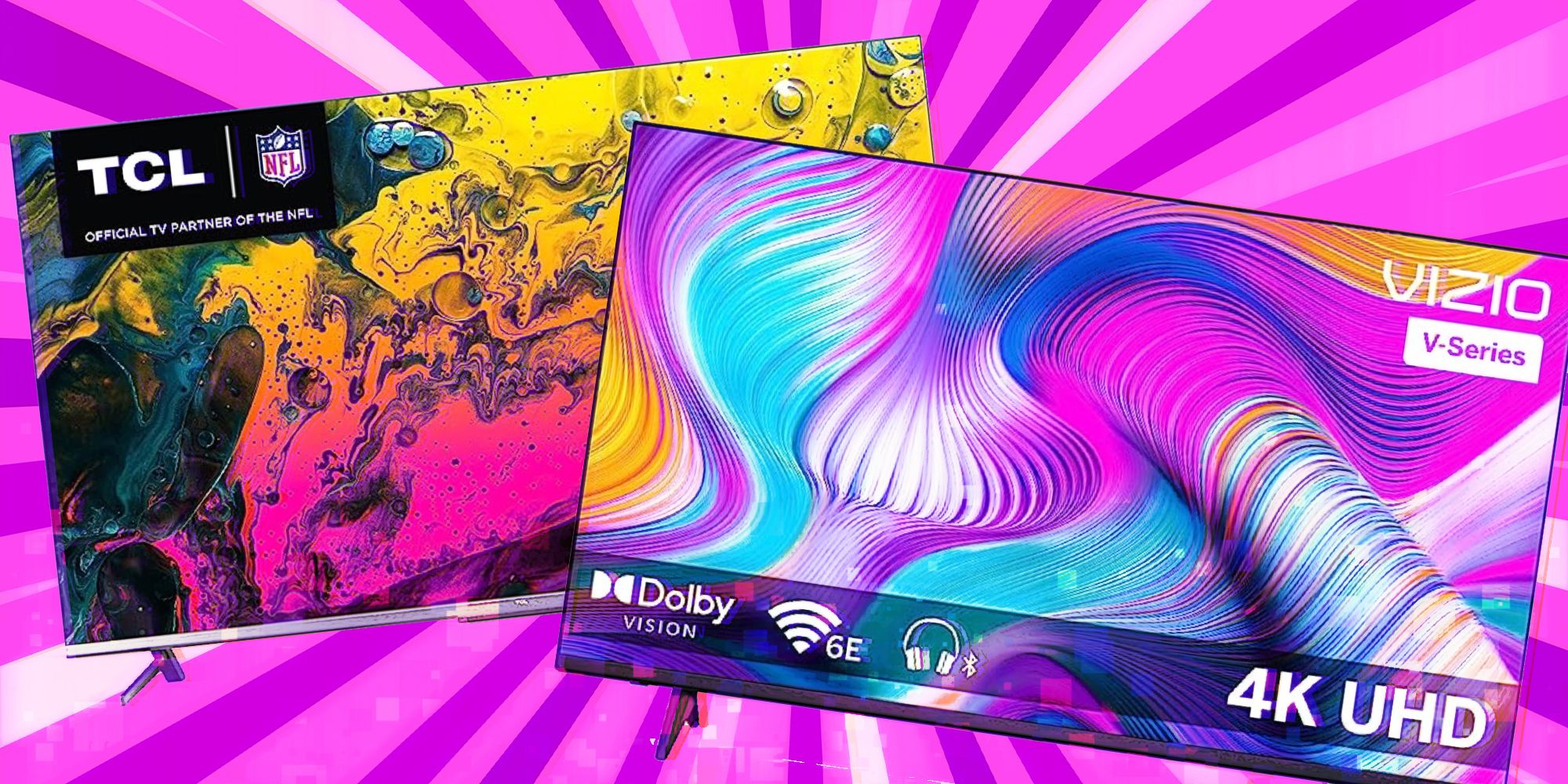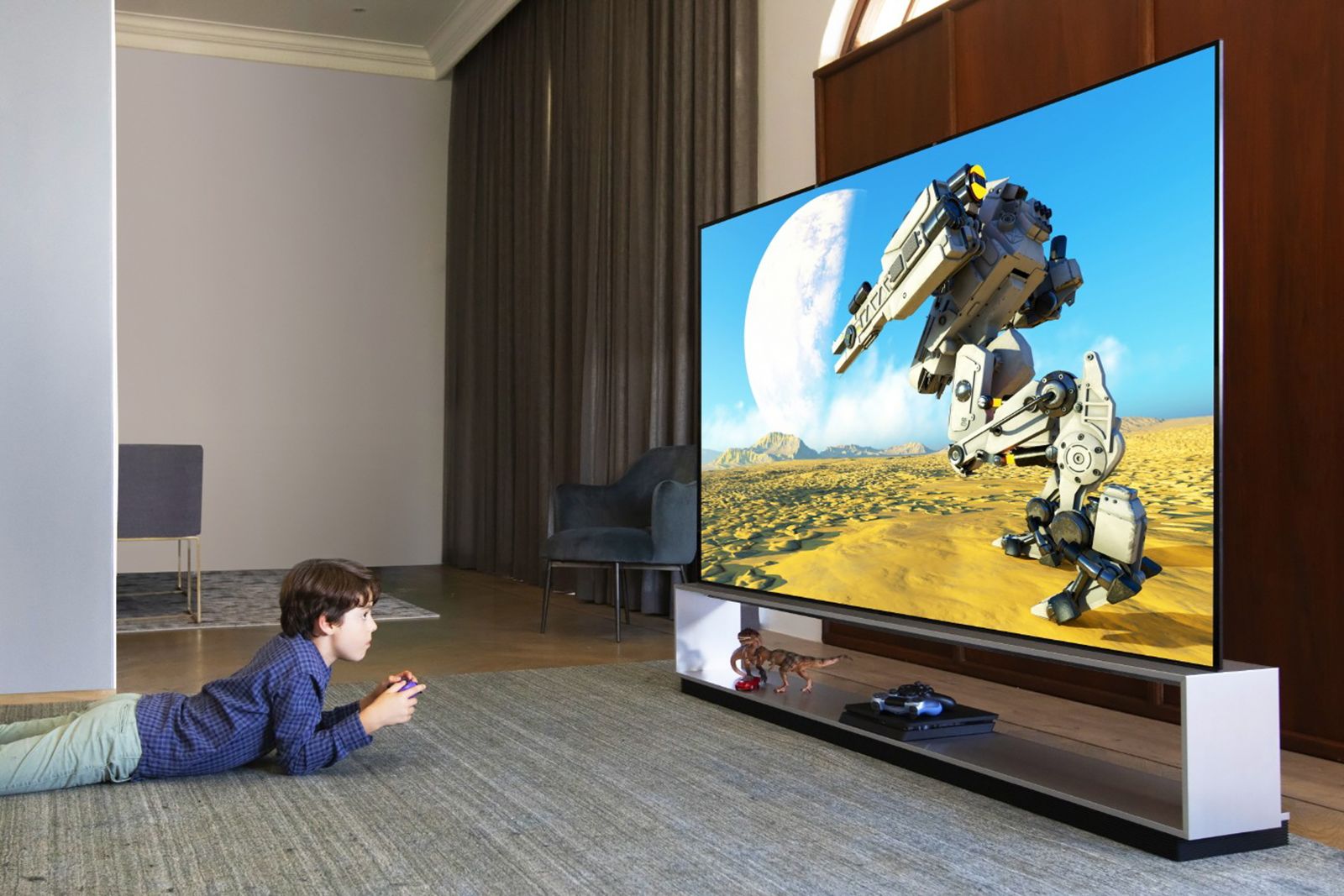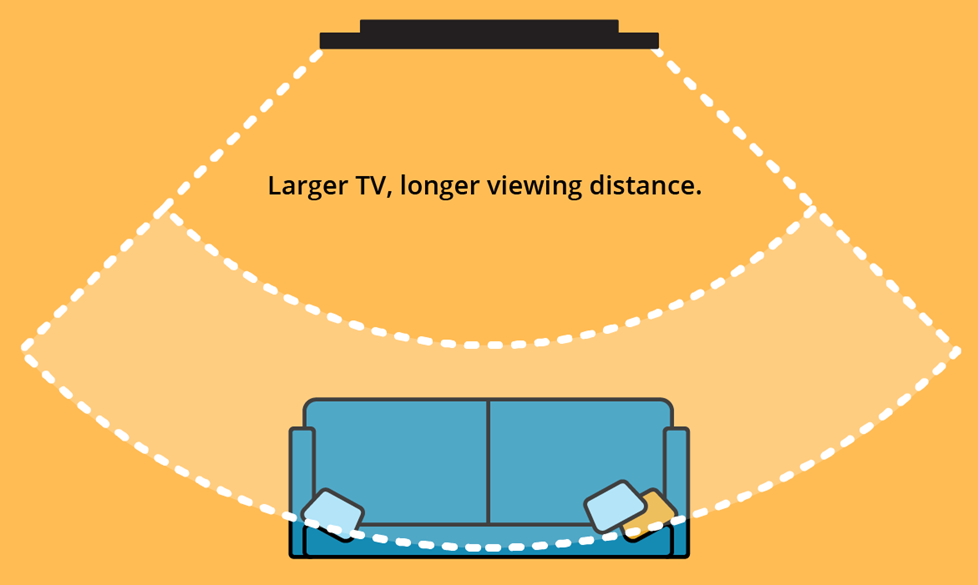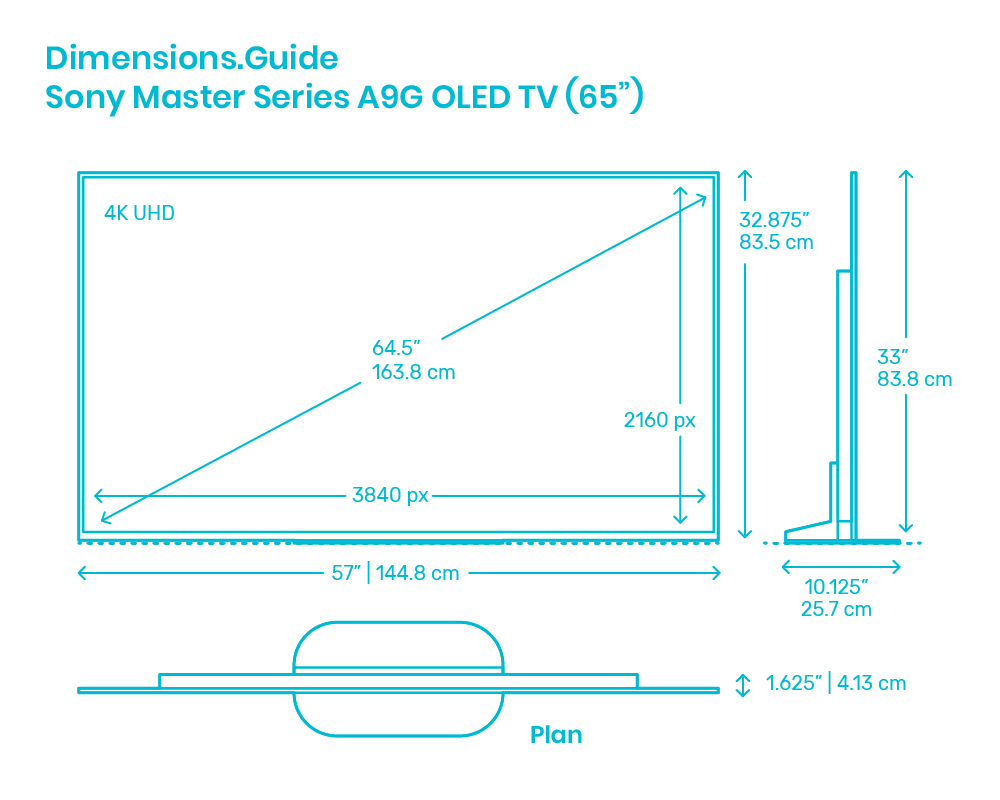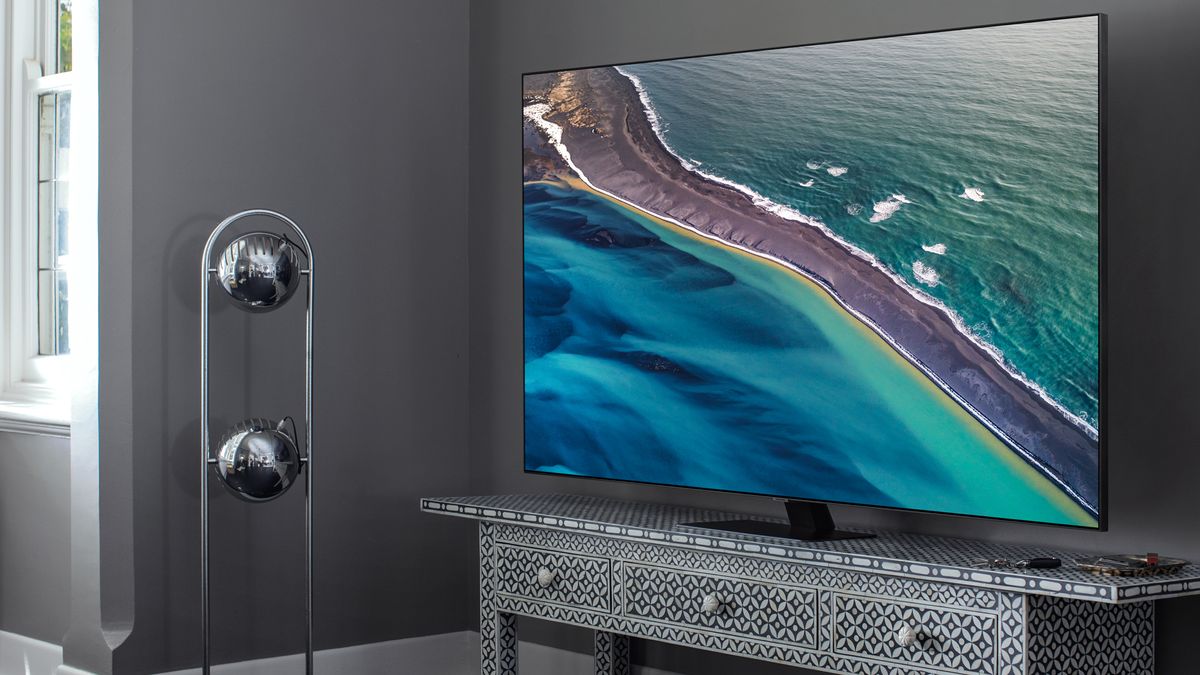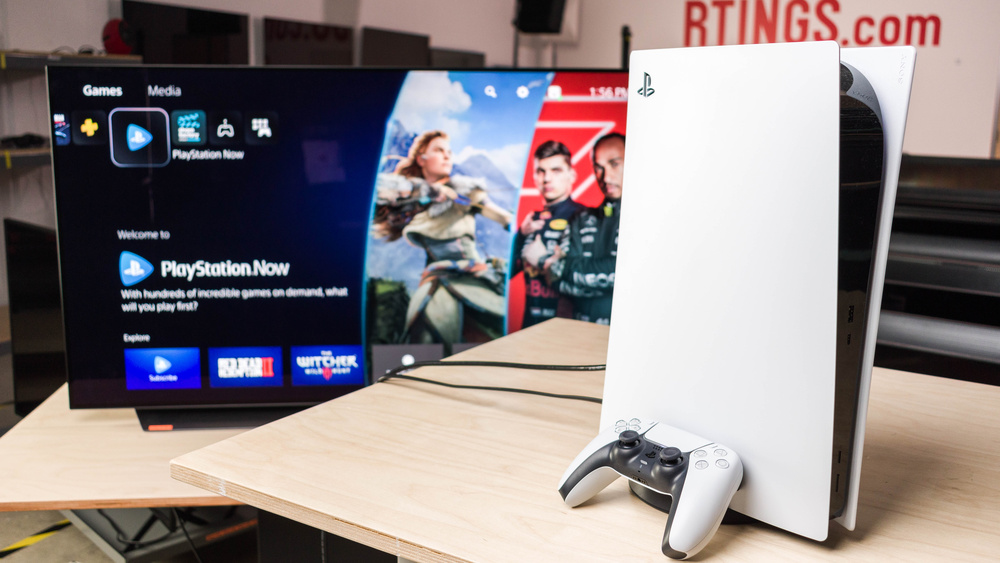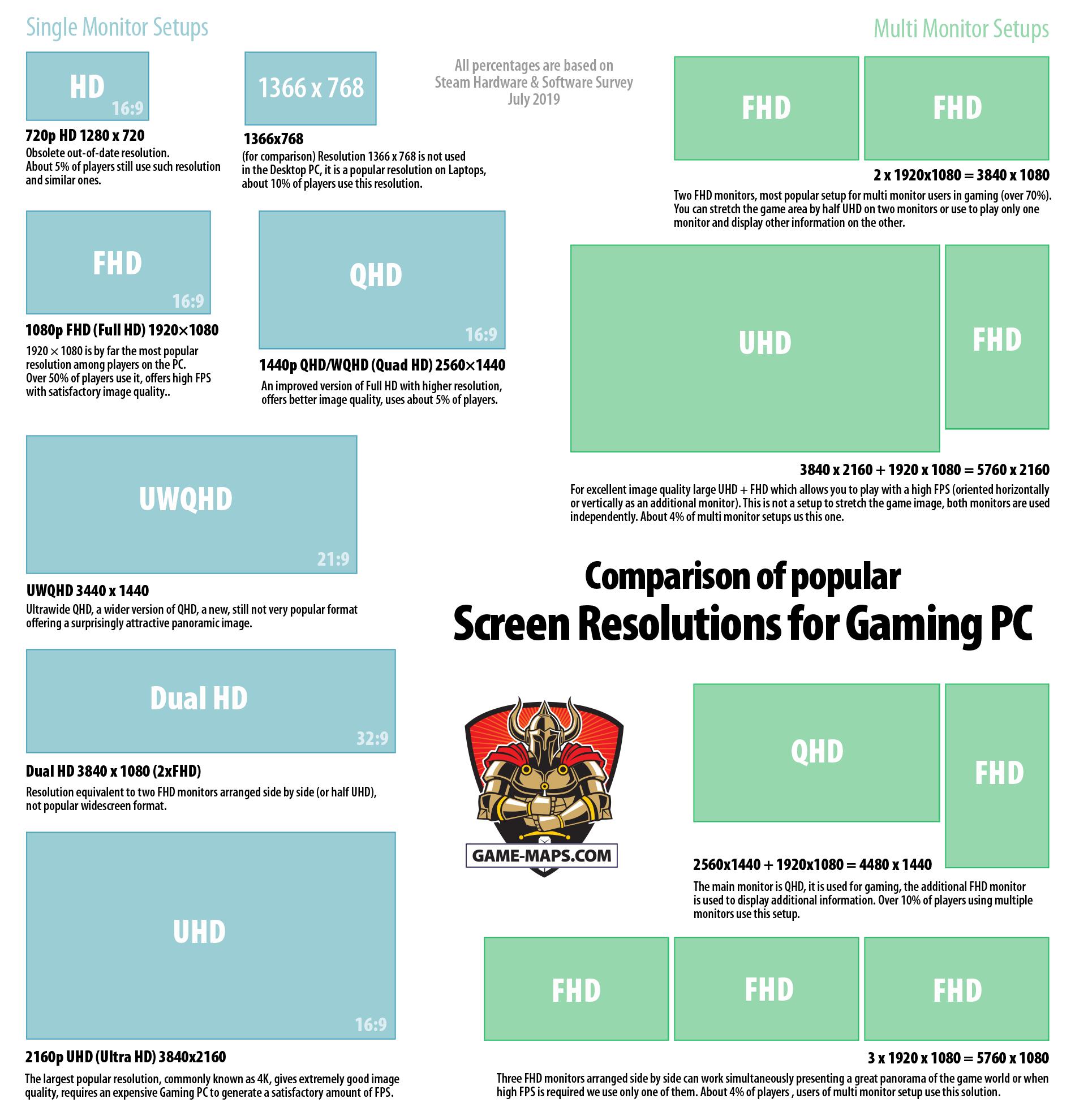What Size Tv Is Best For Gaming
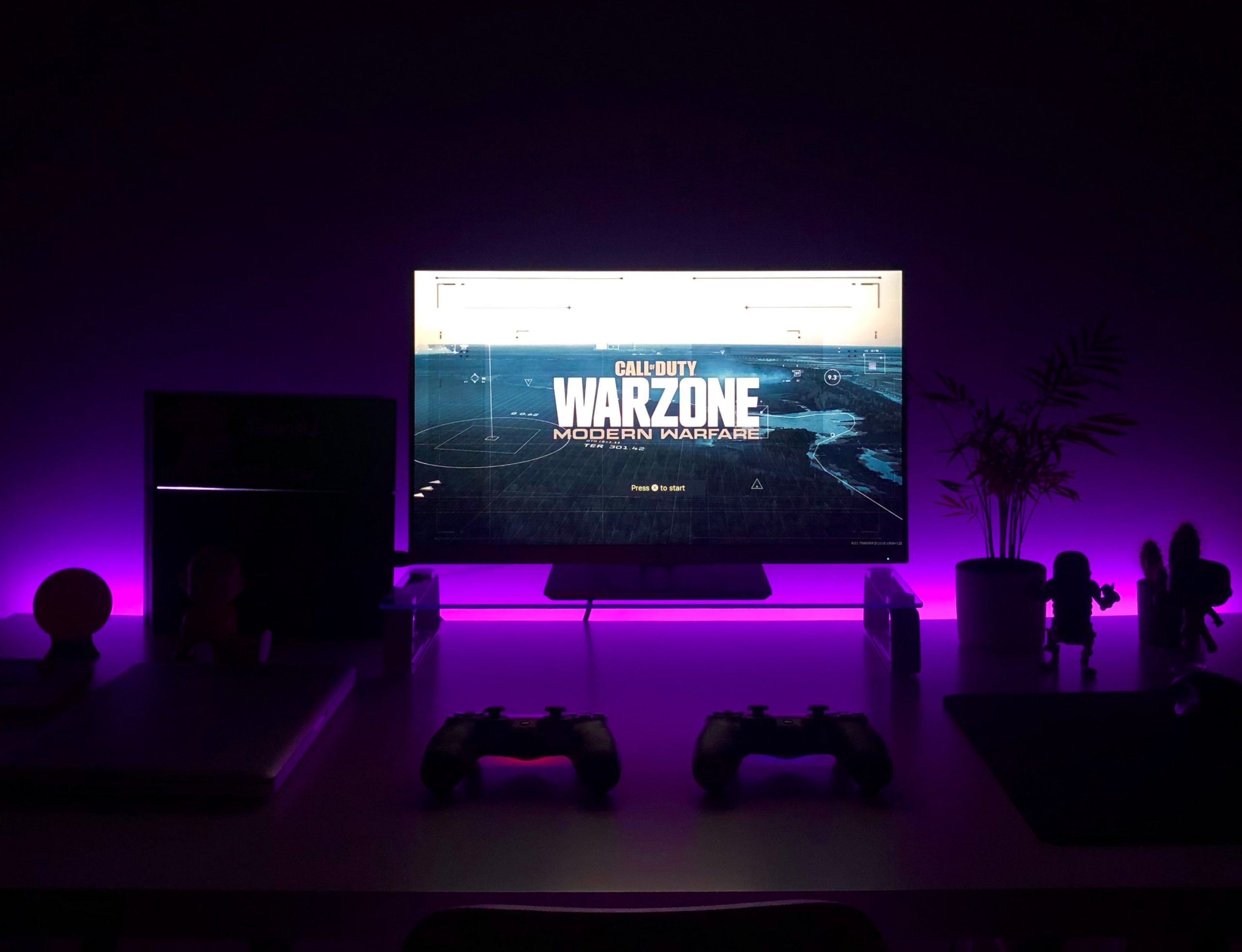
Listen up, penny pinchers! We're diving deep into the world of gaming TVs, where frame rates and resolution duke it out, and your hard-earned cash is on the line. Forget fancy features you don't need. This is about getting the biggest bang for your buck, optimizing your gaming experience without emptying your wallet.
This article is for you, the cost-conscious gamer, the budget builder, the one who knows a good deal when they see it. We'll break down the ideal TV size for gaming, focusing on performance and affordability. We'll expose the myths of needing the absolute biggest screen and uncover the sweet spot where size meets value.
Why TV Size Matters (Without Breaking the Bank)
TV size does matter for gaming, but not always in the way you think. A larger screen can be more immersive, pulling you deeper into the game world. However, it also demands more from your hardware and can expose flaws in lower-resolution games.
The key is finding the right balance. Too small, and you'll miss details. Too big, and you'll be sacrificing performance or image quality. Let’s get the sweet spot!
Shortlist of Budget-Friendly Gaming TVs
Here are a few contenders for your gaming den, tailored to different budget levels and gaming needs:
- Value King (Under $300): TCL 43-Inch Class 4-Series 4K UHD HDR Smart Roku TV - A solid all-arounder for casual gamers on a tight budget.
- Performance Per Dollar ($300 - $500): Hisense 50-Inch Class U6 Series ULED Mini-LED Google Smart TV - Offers surprisingly good picture quality and features for the price.
- Sweet Spot ($500 - $700): Sony 55-Inch X80K Series LED 4K UHD Smart Google TV - Known for its excellent picture processing and reliable performance.
Detailed Reviews
TCL 43-Inch Class 4-Series 4K UHD HDR Smart Roku TV
This is your entry-level champion. The TCL 4-Series gets you into the 4K gaming world without a massive investment. It's a Roku TV, so the smart features are intuitive and easy to use.
Don't expect groundbreaking picture quality, but it's perfectly acceptable for casual gaming. It’s a great option for smaller rooms or if you prioritize affordability above all else.
Hisense 50-Inch Class U6 Series ULED Mini-LED Google Smart TV
The Hisense U6 Series punches way above its weight class. The mini-LED technology provides better contrast and brightness than you'd expect at this price. It also supports variable refresh rate (VRR), crucial for smooth gaming.
It runs on Google TV, giving you access to a wide range of apps and streaming services. This is a fantastic value pick for gamers who want a step up in picture quality without breaking the bank.
Sony 55-Inch X80K Series LED 4K UHD Smart Google TV
Sony's X80K is a reliable performer. Known for its excellent picture processing, it makes games look crisp and vibrant. It’s also a great choice if you use it for movies and TV shows.
While it might not have the highest refresh rate or the most advanced gaming features, it delivers a consistent and enjoyable gaming experience. It's a solid choice for gamers who prioritize picture quality and brand reputation.
Side-by-Side Specs & Performance
Here’s a comparison of the key specs and performance scores:
| Feature | TCL 43" 4-Series | Hisense 50" U6 Series | Sony 55" X80K |
|---|---|---|---|
| Size | 43 inches | 50 inches | 55 inches |
| Resolution | 4K UHD | 4K UHD | 4K UHD |
| Refresh Rate | 60Hz | 60Hz | 60Hz |
| VRR Support | No | Yes | No |
| HDR Support | HDR10 | Dolby Vision, HDR10+ | Dolby Vision, HDR10 |
| Input Lag | ~15ms | ~12ms | ~14ms |
| Picture Quality Score (out of 10) | 6 | 8 | 7.5 |
| Value Score (out of 10) | 9 | 8.5 | 7 |
Important Note: Input lag is a crucial factor for gaming. Lower numbers are better. These are approximate values and can vary slightly depending on the testing method.
Customer Satisfaction
Based on aggregated customer reviews, here's a general sentiment breakdown:
- TCL 43" 4-Series: Customers praise its ease of use and affordability. Some complain about picture quality in very bright rooms.
- Hisense 50" U6 Series: Owners rave about the picture quality for the price. Software glitches are occasionally reported.
- Sony 55" X80K: Customers appreciate the reliable performance and picture processing. Some find it slightly overpriced compared to competitors.
Maintenance Cost Projections
TVs are generally low-maintenance. The biggest potential cost is replacement due to failure or damage. LED TVs typically last for many years (5-10+).
To extend the lifespan, avoid exposing the TV to direct sunlight or extreme temperatures. Use a surge protector to protect against power surges.
Estimated average annual maintenance cost (cleaning supplies, surge protector replacement) : $10 - $20.
Key Takeaways
Don't get caught up in the size wars. The best TV size for gaming depends on your budget, room size, and viewing distance. Focus on features like low input lag and VRR support.
Consider the TCL 4-Series for ultimate affordability. The Hisense U6 Series offers excellent value for its picture quality. The Sony X80K provides a reliable and refined experience.
Remember to factor in long-term costs, including potential repairs or replacements. By considering all these factors, you can make an informed decision that maximizes your gaming enjoyment without breaking the bank.
Time to Choose!
Ready to upgrade your gaming setup? Use the information in this guide to find the perfect budget-friendly TV for your needs. Check online retailers for the latest deals and discounts.
Don't forget to read customer reviews and compare prices before making your final decision. Happy gaming!
Frequently Asked Questions (FAQ)
Q: What's the ideal viewing distance for a gaming TV?
A: A general rule of thumb is to divide the screen size (in inches) by 1.6 to get the optimal viewing distance in inches. For example, a 50-inch TV is best viewed from around 31 inches away (50 / 1.6 = 31.25).
Q: Is a higher refresh rate (120Hz) necessary for gaming?
A: While 120Hz can provide a smoother gaming experience, it's not essential for all gamers. If you primarily play fast-paced competitive games, a 120Hz TV can be beneficial. However, if you're a casual gamer, a 60Hz TV is perfectly adequate.
Q: What is VRR and why is it important?
A: Variable Refresh Rate (VRR) synchronizes the TV's refresh rate with the game's frame rate, reducing screen tearing and stuttering. This results in a smoother and more responsive gaming experience, especially in games with fluctuating frame rates.
Q: Does HDR make a big difference in gaming?
A: HDR (High Dynamic Range) can significantly enhance the visual experience by providing a wider range of colors and greater contrast. However, the impact of HDR depends on the game and the quality of the TV's HDR implementation.
Q: Can I use a TV as a monitor?
A: Yes, you can use a TV as a monitor. However, TVs are typically designed for viewing from a distance, so text may appear less sharp than on a dedicated monitor. Input lag can also be a concern, so look for TVs with low input lag for a better gaming experience.
